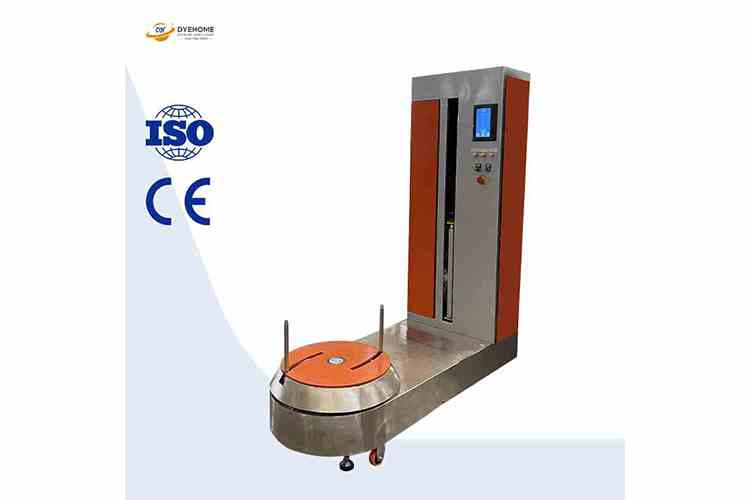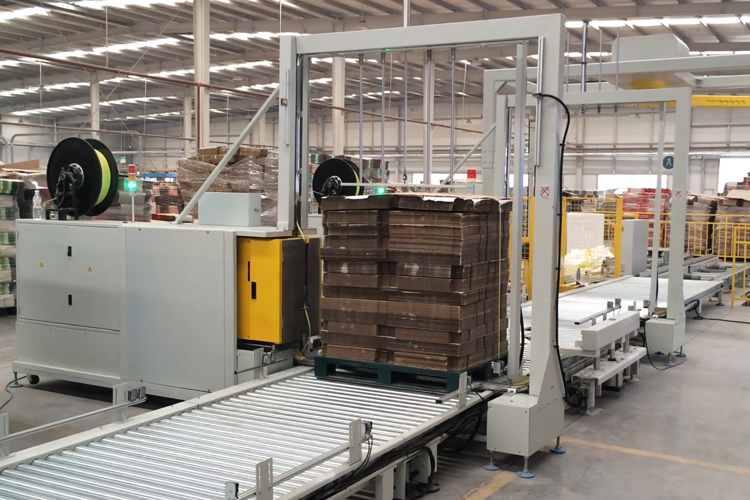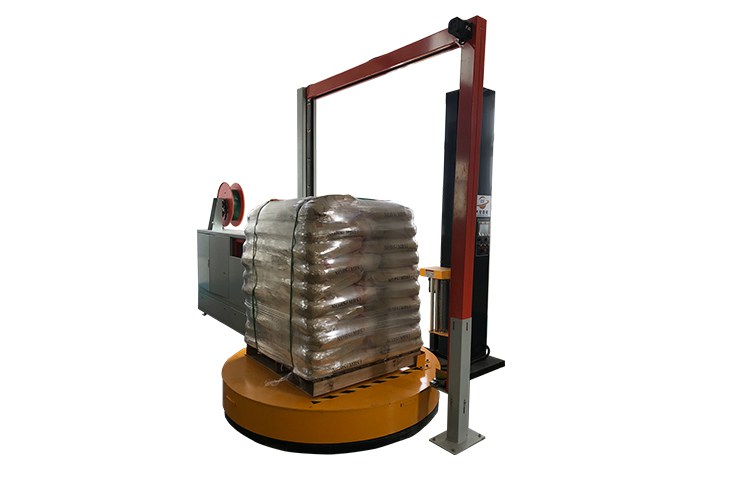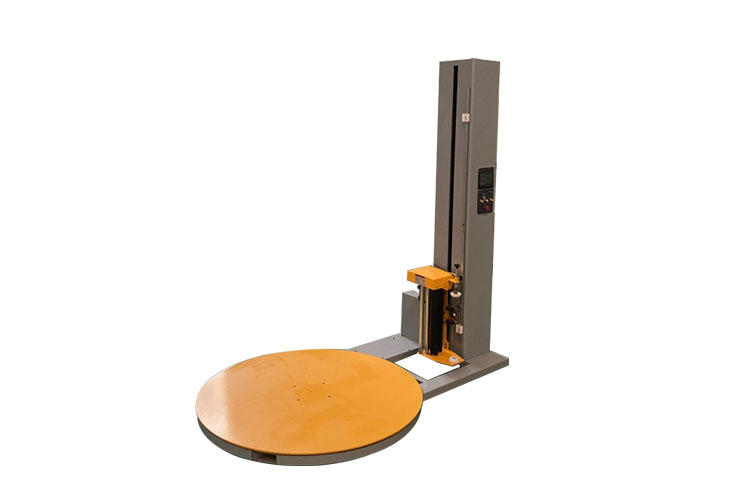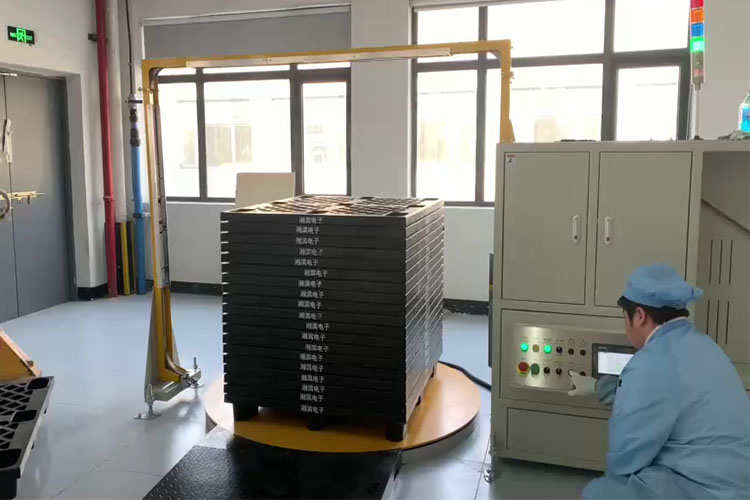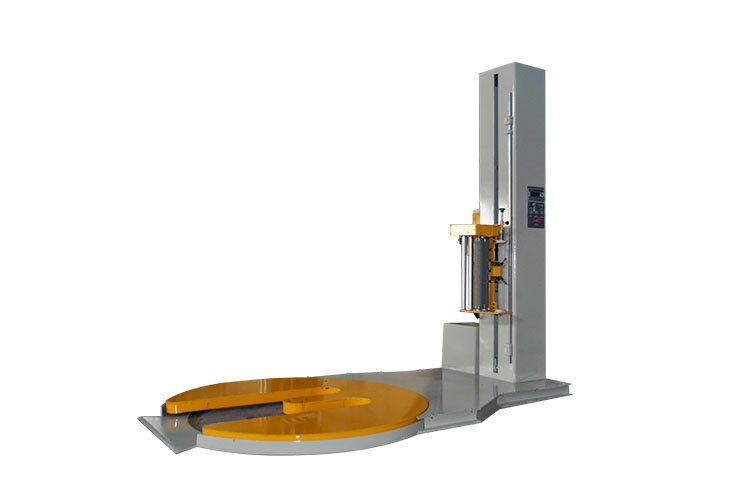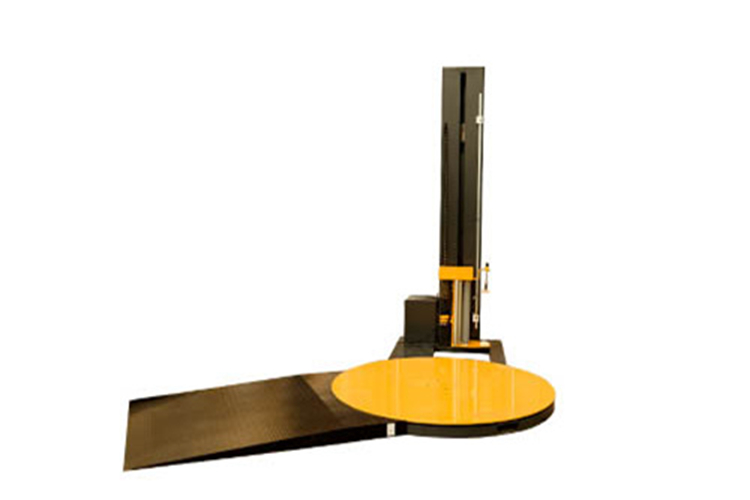How to Choose a High-Quality Stretch Wrapping Machine?
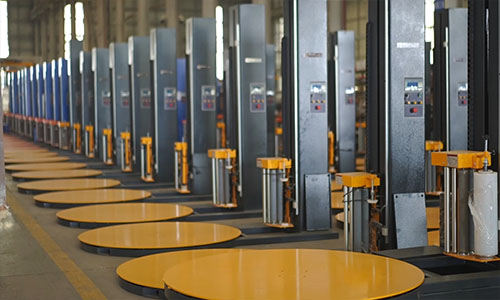
Stretch wrapping machines are widely used in logistics, warehousing, manufacturing, and other fields. They use plastic film to wrap products or goods, enhancing stability and protection. Selecting a high-quality stretch wrapping machine can not only boost work efficiency but also minimize packaging waste and the risk of equipment malfunctions. Below, we will introduce methods for choosing a high-quality stretch wrapping machine from multiple perspectives.
-
Model Suitability and Application Flexibility
The first step is to select a stretch wrapping machine model that fits your needs. There are various types of stretch wrapping machines, including turntable, horizontal, ring, cantilever, inline, and cylindrical wrappers. Different models suit different scenarios, so the choice should align with actual requirements. A high-quality stretch wrapping machine should offer excellent adaptability to meet the packaging needs of goods of varying sizes and weights. For example, highly automated equipment provides more precise wrapping, while semi-automatic machines are better suited for small-batch production. -
Stability and Durability
A high-quality stretch wrapping machine must exhibit strong stability and long-term durability. When selecting, pay attention to the materials and manufacturing processes of its core components. For instance, the frame should be made of high-quality materials to ensure it does not deform or degrade over time. The drive system (e.g., motor, frequency converter) must have sufficient power to maintain stable operation even under heavy loads.
Additionally, the mechanical parts of the stretch wrapping machine, such as the rotating shaft and pallet support system, should be precision-engineered with strong anti-vibration capabilities to prevent malfunctions caused by vibrations or impacts during use.
-
Control System and Automation Efficiency
High-quality stretch wrapping machines are typically equipped with advanced control systems for more efficient and precise operation. Modern wrappers commonly feature PLC (Programmable Logic Controller) systems, touchscreens, remote controls, and other interfaces. Operators can use the control system to flexibly set parameters such as wrapping layers, number of rotations, and film tension based on packaging requirements, ensuring precise control over packaging quality.
At the same time, wrapping efficiency is another key indicator of a machine's quality. Fully automatic inline stretch wrappers can autonomously complete processes such as conveying, wrapping, and film cutting, significantly improving work efficiency, reducing manual intervention, and enhancing packaging accuracy and consistency.


